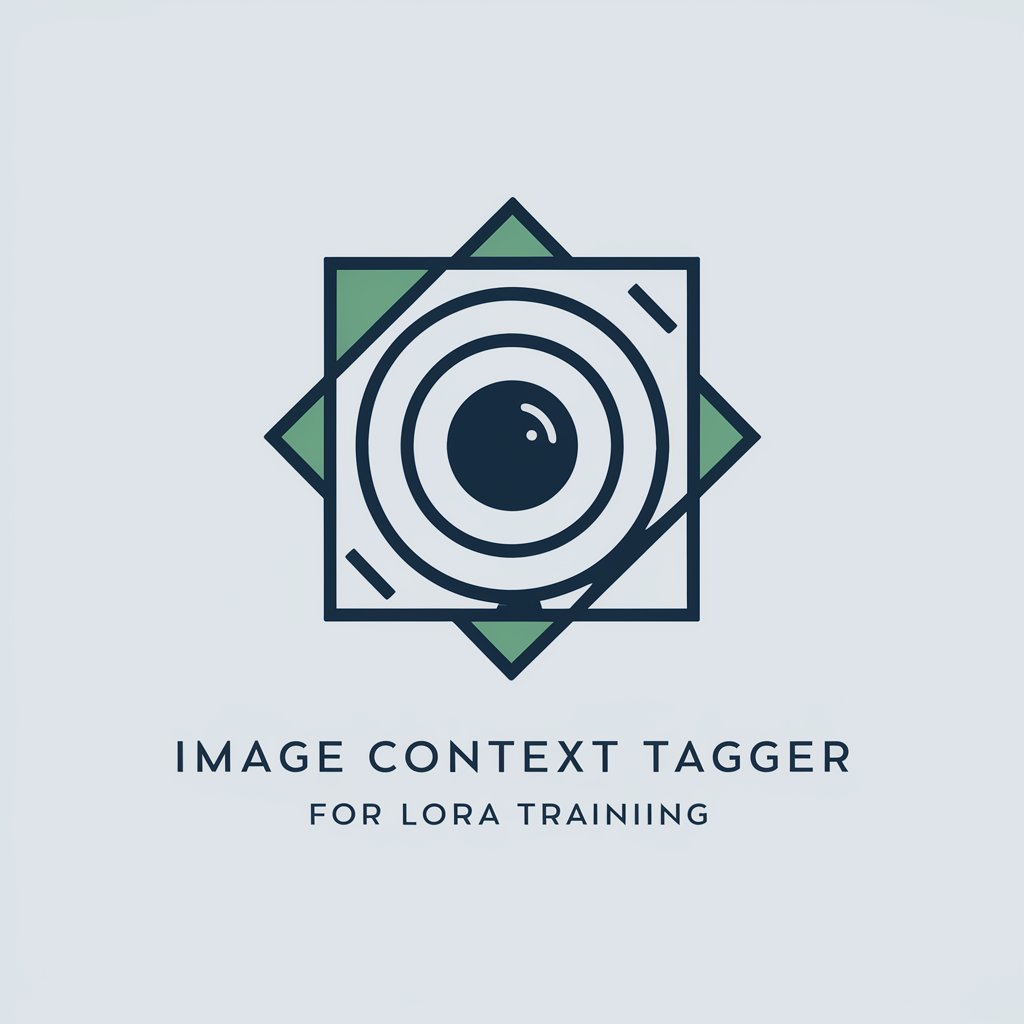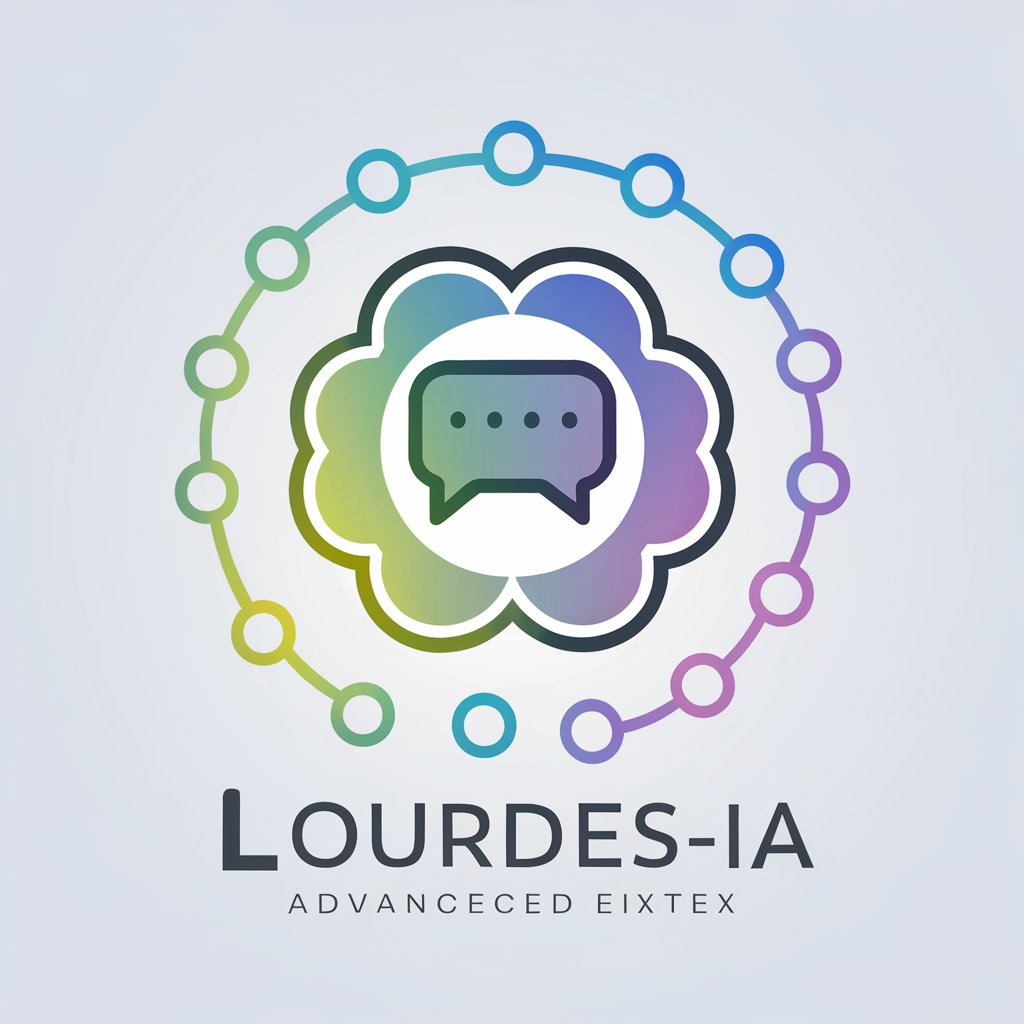
LoRa (low rank adoption) - Efficient Model Fine-Tuning

Hello! I'm here to help you understand the LowRank Adoption research.
Refine AI models with precision.
Can you explain the key methodologies used in the LowRank Adoption paper?
What are the main findings of the LowRank Adoption research?
How does LowRank Adoption contribute to the broader field of machine learning?
Could you help me understand the implications of the LowRank Adoption study?
Get Embed Code
Introduction to LoRA (Low Rank Adoption)
LoRA, or Low Rank Adoption, is a novel training technique designed to adapt large language models (LLMs) or other deep learning models to specific tasks with minimal computational overhead. Unlike traditional fine-tuning, which requires retraining a significant portion of the model's parameters, LoRA introduces a more efficient approach by learning pairs of low-rank matrices that adjust the behavior of the model's pre-existing weights. This method preserves the original model's structure while enabling it to adapt to new tasks or data domains. For instance, in natural language processing (NLP), LoRA can adapt a general-purpose language model to perform well on a specialized task like legal document analysis without the need to retrain the entire model, thus saving on resources and training time. Powered by ChatGPT-4o。

Main Functions of LoRA
Efficient Fine-Tuning
Example
Adapting GPT-3 for Legal Document Summarization
Scenario
A legal tech company uses LoRA to fine-tune GPT-3 specifically for summarizing legal documents. By learning low-rank matrices, LoRA adjusts GPT-3's responses to focus on legal terminologies and concepts, providing summaries that are more relevant and useful for legal professionals.
Resource-Efficient Task Switching
Example
Multi-Domain Customer Support Bot
Scenario
A customer service platform implements LoRA to switch a chatbot's domain expertise based on the customer's inquiry. For instance, the same underlying model can provide IT support, process return requests, or offer product recommendations by dynamically applying different sets of low-rank matrices fine-tuned for each task.
Preserving Original Model Integrity
Example
Language Model Personalization for Educational Content
Scenario
An e-learning platform uses LoRA to personalize a language model for generating educational content tailored to different learning levels. LoRA allows the platform to maintain the original model's general capabilities while making precise adjustments to better match the vocabulary and complexity required for each educational stage.
Ideal Users of LoRA
AI Researchers and Developers
This group includes individuals and teams developing AI applications, seeking to leverage large pre-trained models across various domains without the extensive computational cost of full model training. They benefit from LoRA's efficiency in adapting models to new tasks.
Tech Companies with Specialized Data Needs
Companies in fields such as legal, medical, or customer service, with unique data and task requirements, can use LoRA to tailor general-purpose AI models to their specific needs, improving performance while minimizing additional resource investments.
Educational Technology Providers
Providers of e-learning platforms and educational content can utilize LoRA to adapt language models for creating or modifying content according to different educational levels and learning objectives, offering a more personalized learning experience.

Guidelines for Using LoRA (Low Rank Adaptation)
1
Start your journey by visiting yeschat.ai for a hassle-free trial that requires no login or subscription to ChatGPT Plus, ensuring immediate access to explore its capabilities.
2
Understand the specific adaptation needs of your project or the domain-specific task you wish to enhance with LoRA, as this will guide your fine-tuning process.
3
Integrate LoRA into your existing machine learning framework by identifying the model layers you wish to adapt using low-rank matrices, focusing on those that significantly impact your task's performance.
4
Fine-tune your model by training only the low-rank matrices introduced by LoRA, while keeping the rest of the model's weights frozen, to achieve efficient and effective adaptation.
5
Evaluate the performance of your adapted model on a validation set related to your task, and iteratively refine the low-rank matrices based on performance metrics for optimal results.
Try other advanced and practical GPTs
Negative Man
Embrace the gloom with AI

Regintell
AI-driven Regulatory Expertise at Your Fingertips

Brain GPT
Empowering Neuroscience with AI
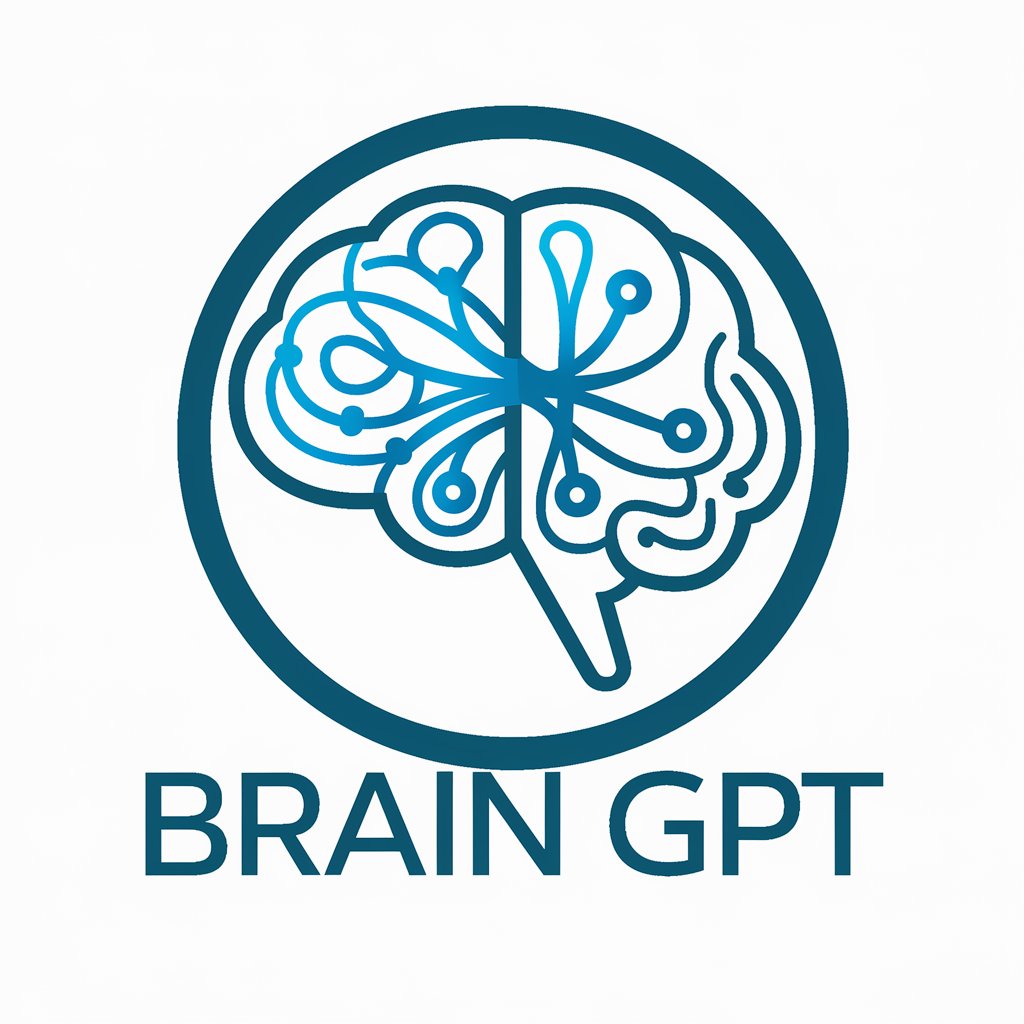
UU hukum pidana no 1 tahun 2023
Empowering Legal Modernization with AI
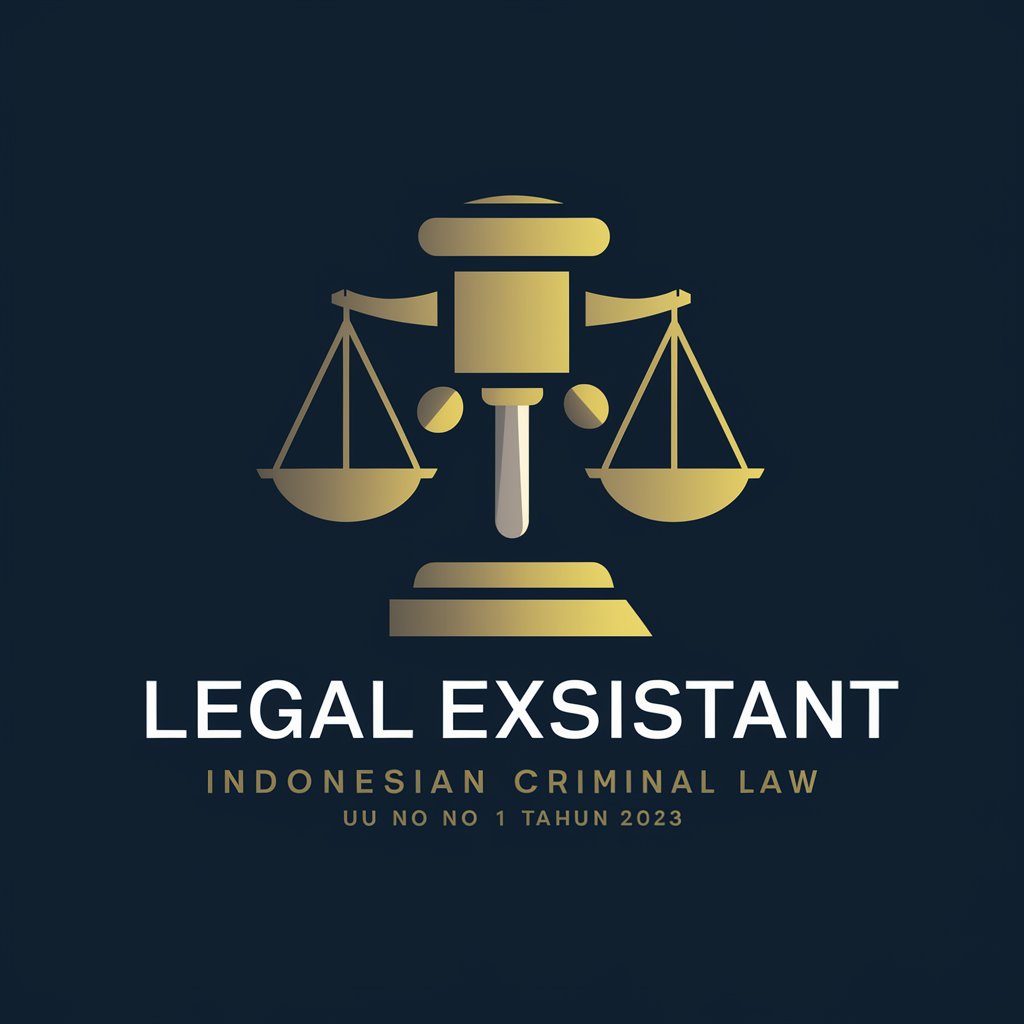
Synthesis AI
Harnessing AI to Synthesize Expert Solutions
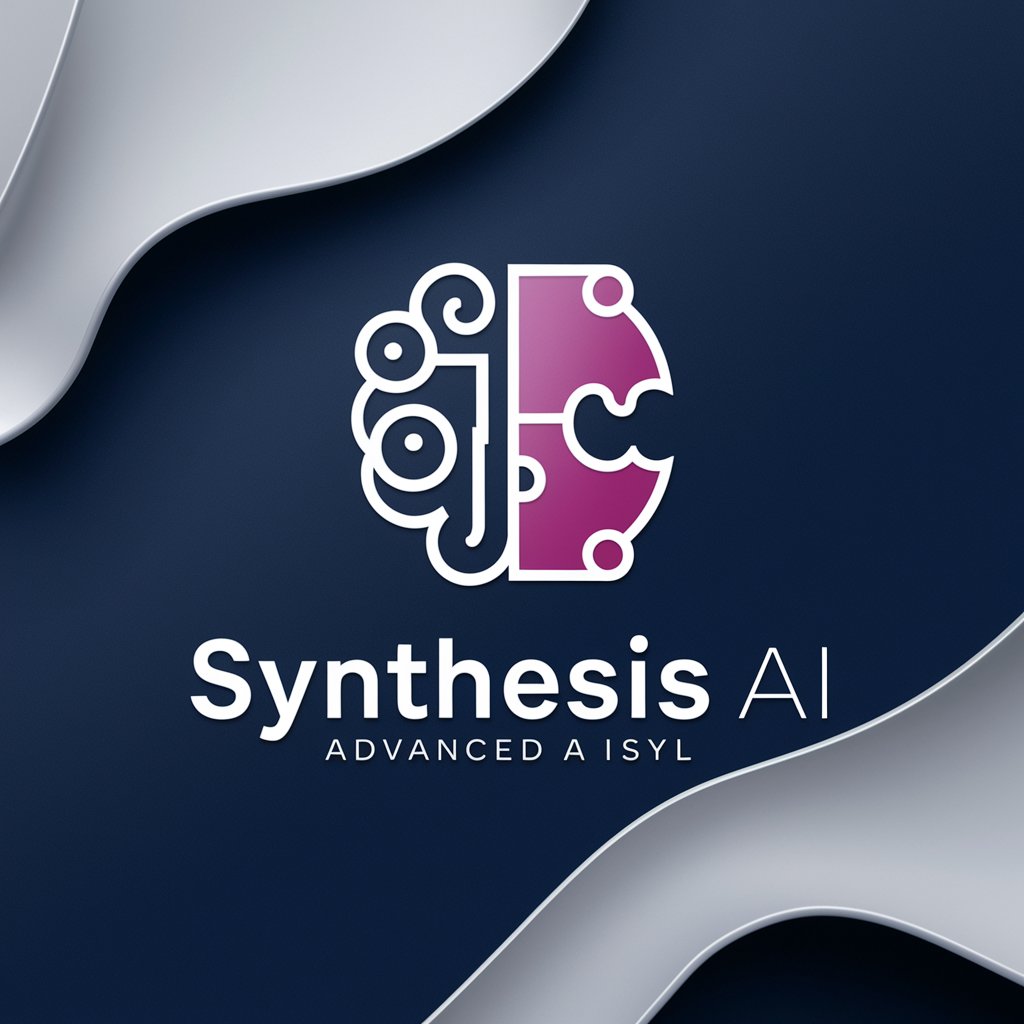
Maths and Magic
Where Math Meets Magic
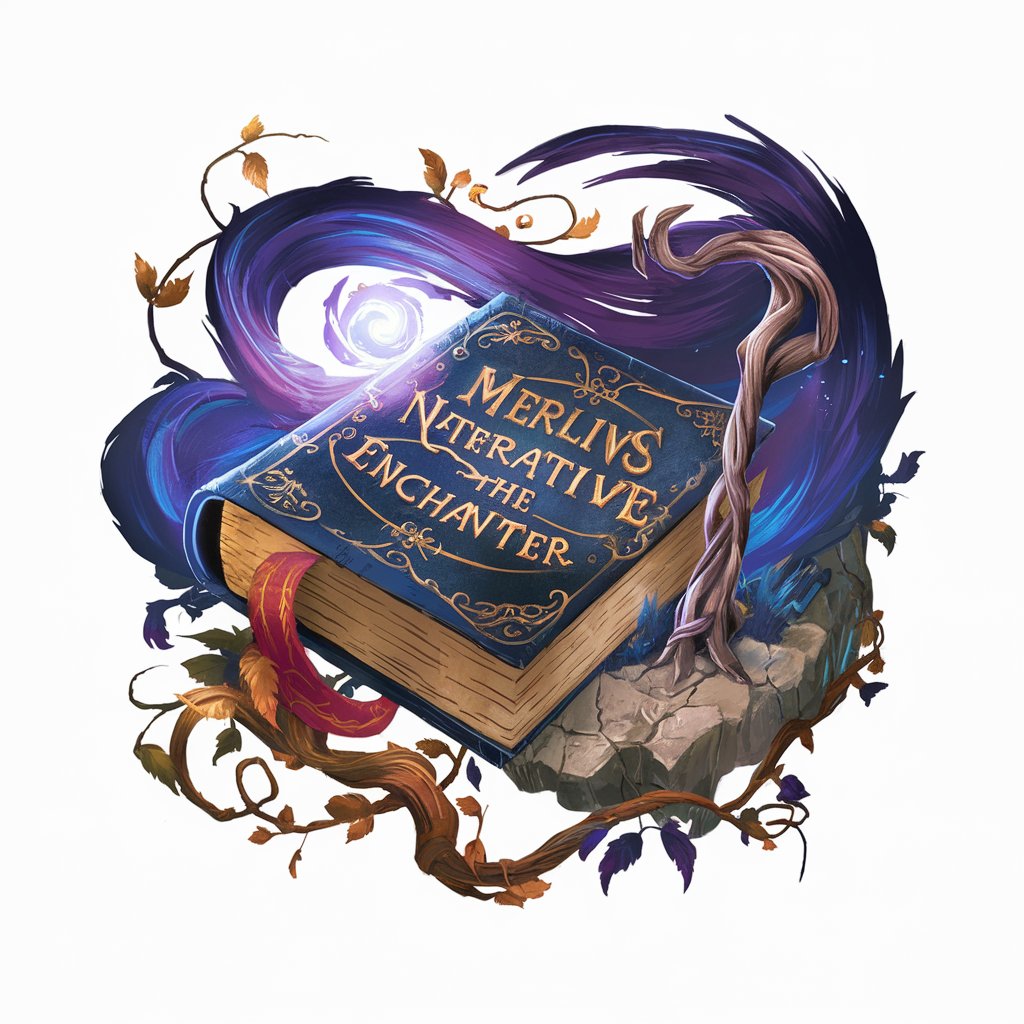
Code Master
Elevating Your Code with AI Expertise

GptOracle | The -A z u r e- Cloud Migration Expert
Streamline Azure Migration with AI

Lucy Love - The MindHacker.AI Ambassador
Empowering Your Mind, Enhancing Your Life
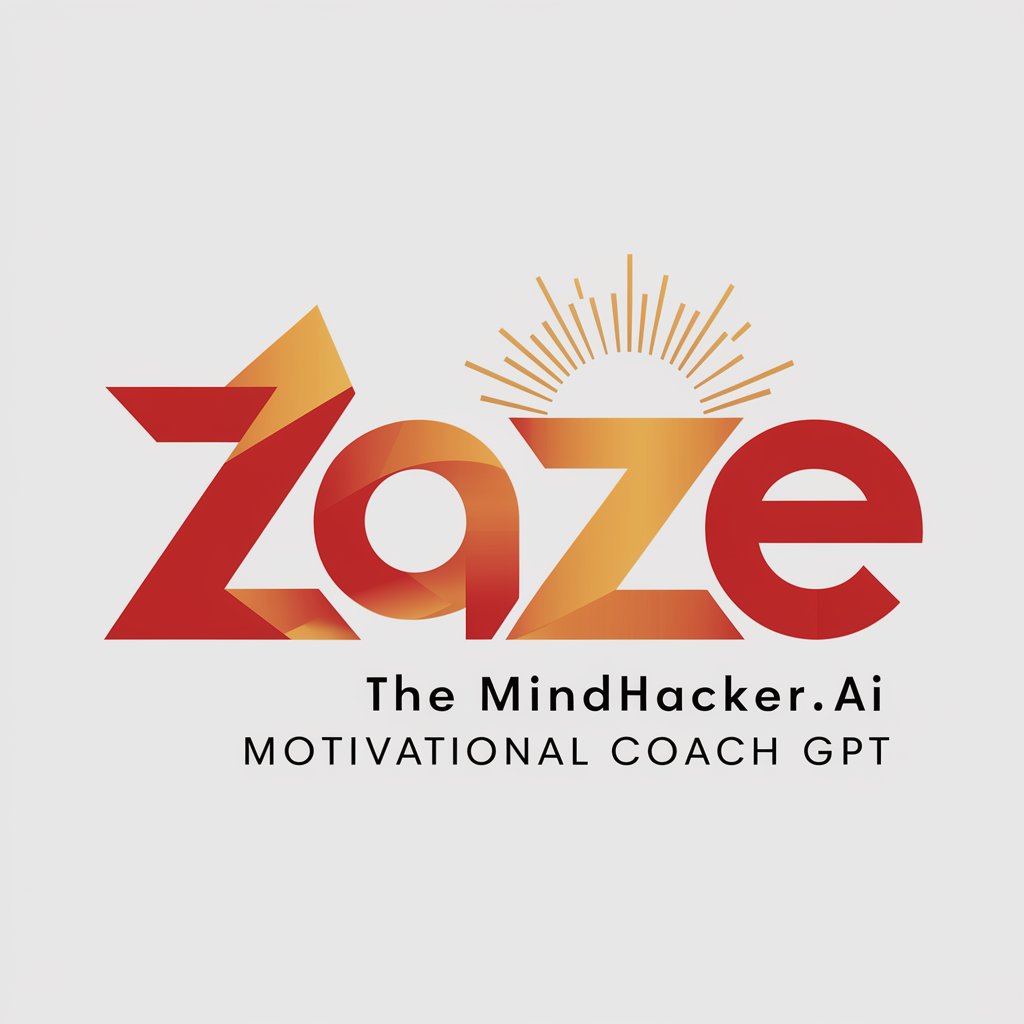
United Kingdom TRANSLATOR Any Language to English
AI-powered, multilingual translation into English
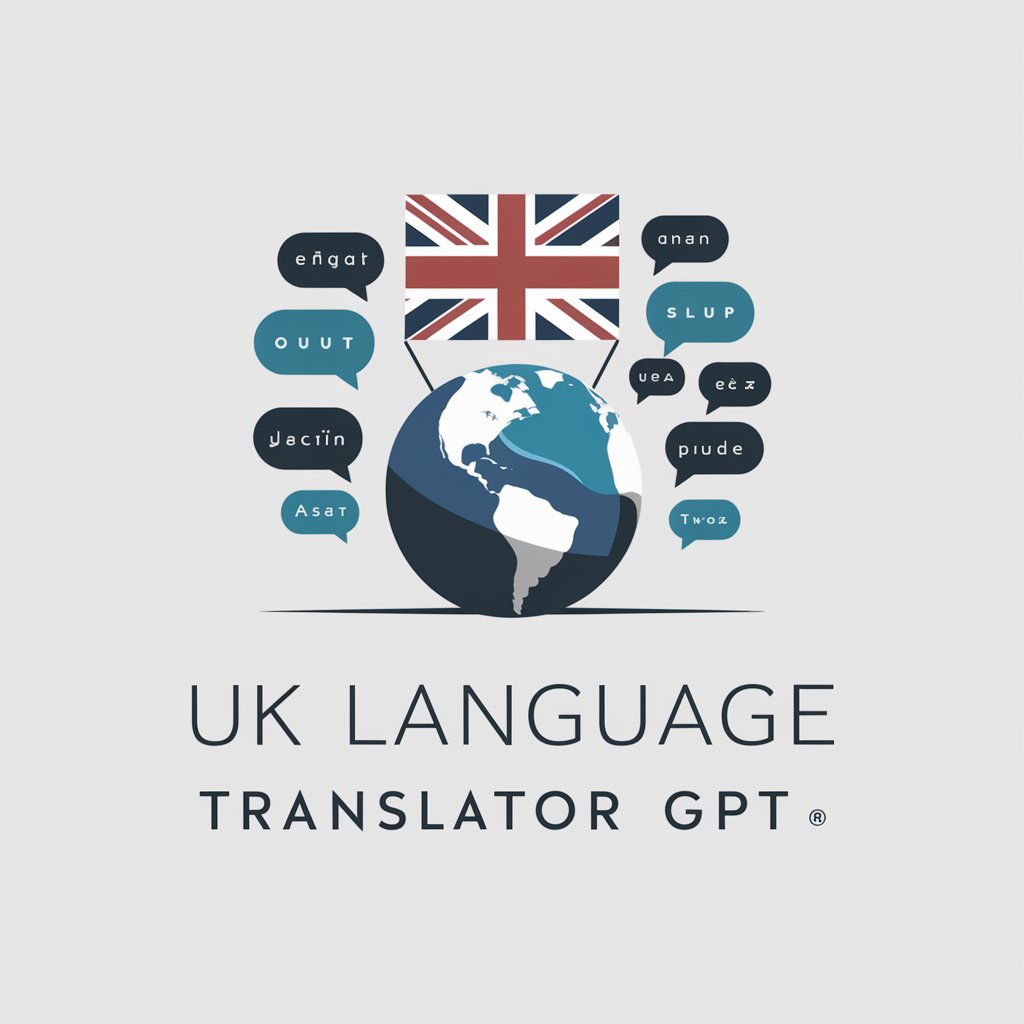
United Kingdom Tour Guide
Your AI-Powered Companion for Exploring the UK

DescriptionGPT
Crafting Precise GPT Descriptions Instantly
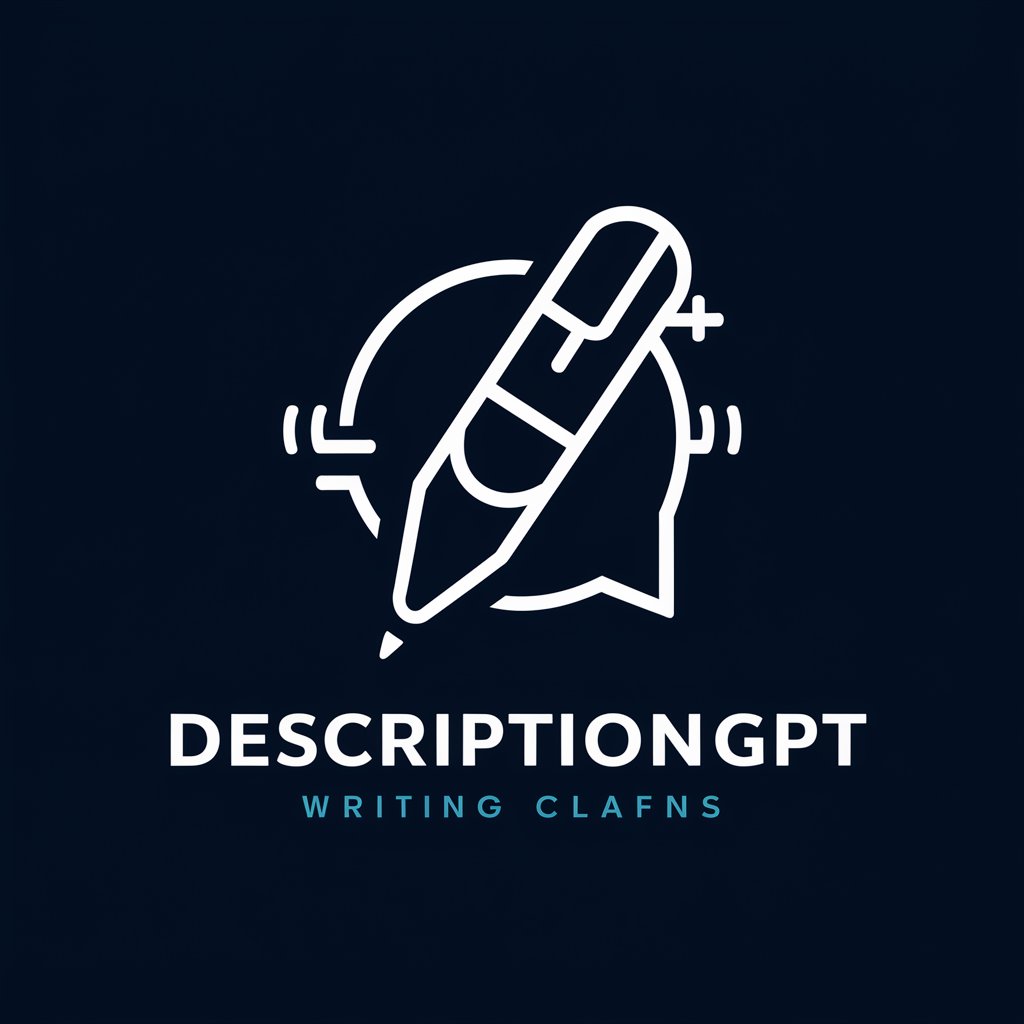
Frequently Asked Questions about LoRA
What is Low Rank Adaptation (LoRA)?
LoRA is a method for fine-tuning large language models efficiently by introducing trainable low-rank matrices into specific layers of a pre-trained model, allowing for task-specific adaptation without the need for extensive retraining of the entire model.
How does LoRA improve model performance?
LoRA focuses the training on a small set of parameters, making the adaptation process more efficient and targeted. This can lead to improved performance on specific tasks by allowing the model to adapt more precisely to the nuances of the task without overfitting.
Can LoRA be used with any model architecture?
While LoRA is generally architecture-agnostic, it is most commonly applied to Transformer-based models. Its effectiveness can vary depending on the model's structure and the specific layers targeted for adaptation.
What are common use cases for LoRA?
Common use cases include domain-specific language understanding and generation, fine-tuning for specific NLP tasks like sentiment analysis or summarization, and adapting models for personalized applications.
Are there any limitations to using LoRA?
The main limitation is that the effectiveness of LoRA depends on the choice of layers for adaptation and the rank of the matrices used. Incorrect choices can lead to suboptimal results or insufficient adaptation to the target task.
